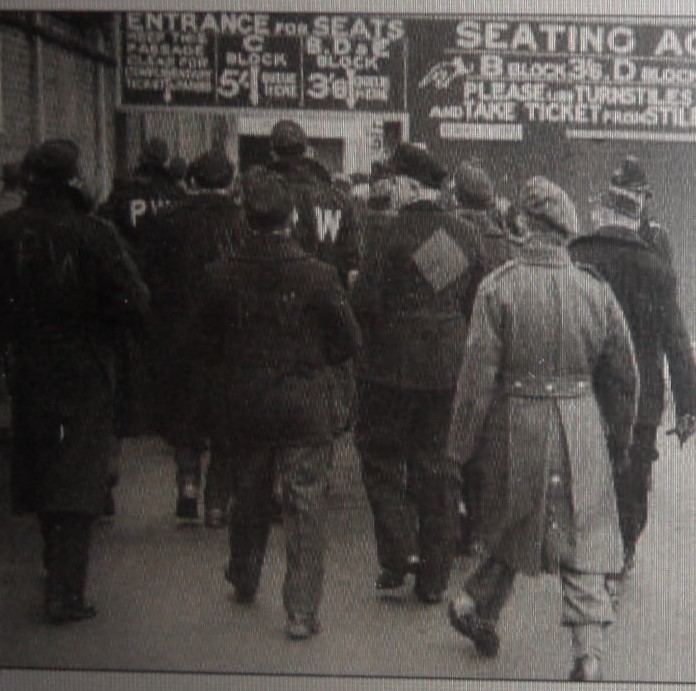Dates 14 Aug 1946 – 9 May 1947 | ||
 | ||
Operation Keelhaul was carried out in Northern Italy by British and American forces to repatriate Soviet Armed Forces POWs of the Nazis to the Soviet Union between 14 August 1946 and 9 May 1947. The term was also the name of Julius Epstein's book about the operation.
Contents
- Operation keelhaul a disgraceful chapter in american history by tom e woods
- Yalta Conference
- Treatment of prisoners and refugees
- Critics
- References
Operation keelhaul a disgraceful chapter in american history by tom e woods
Yalta Conference
One of the conclusions of the Yalta Conference was that the western Allies would return all Soviet citizens who found themselves in their zones to the Soviet Union. This immediately affected the liberated Soviet prisoners of war, but also extended to all Soviet citizens, irrespective of their wishes. In exchange, the Soviet government agreed to hand over several thousand western Allied prisoners of war whom they had liberated from German prisoner of war camps.
Treatment of prisoners and refugees
The refugee columns fleeing the Soviet-occupied parts of Europe included anti-communists, civilians, and Nazi collaborators from eastern European countries. They added to the mass of 'displaced persons' from the Soviet Union already in Western Europe, the vast majority of whom were Soviet prisoners of war and forced laborers (Ost-Arbeiter).
Soviet subjects who had volunteered for the German Army Ostlegionen and/or Waffen SS units were forcibly repatriated. These included Russian Cossacks of the XVth SS Cossack Cavalry Corps with their relatives, who were transported from the Western occupation zones of Allied-occupied Austria to the Soviet occupation zones of Austria and Allied-occupied Germany. Among those handed over were White émigré-Russians who had never been Soviet citizens, but who had fought for Nazi Germany against the Soviets during the war, including General Andrei Shkuro and the Ataman of the Don Cossack host Pyotr Krasnov. This was done despite the official statement of the British Foreign Office policy after the Yalta Conference, that only Soviet citizens who had been such after 1 September 1939, were to be compelled to return to the Soviet Union or handed over to Soviet officials in other locations (see the Repatriation of Cossacks after World War II).
The actual "Operation Keelhaul" was the last forced repatriation and involved the selection and subsequent transfer of approximately one thousand "Russians" from the camps of Bagnoli, Aversa, Pisa, and Riccione. Applying the "McNarney-Clark Directive", subjects who had served in the German Army were selected for shipment, starting on 14 August 1946. The transfer was codenamed "East Wind" and took place at St. Valentin in Austria on 8 and 9 May 1947. This operation marked the end of forced repatriations by the Soviet Union after World War II, and ran parallel to Operation Fling that helped Soviet defectors to escape from the Soviet Union.
On the other side of the exchange, the Soviet leadership found out that despite the demands set forth by Stalin, British intelligence was retaining a number of anti-Communist prisoners with the intention of reviving "anti-Soviet operations" under orders from Churchill.
Critics
The author Nikolai Tolstoy described the scene of Americans returning to the internment camp after delivering a shipment of people to the Soviet authorities: "The Americans returned to Plattling visibly shamefaced. Before their departure from the rendezvous in the forest, many had seen rows of bodies already hanging from the branches of nearby trees."
Aleksandr Solzhenitsyn called this operation "the last secret of World War II." He contributed to a legal defence fund set up to help Tolstoy, who was charged with libel in a 1989 case brought by Lord Aldington over war crimes allegations made by Tolstoy related to this operation. Tolstoy lost the case in the British courts; he avoided paying damages by declaring bankruptcy.
